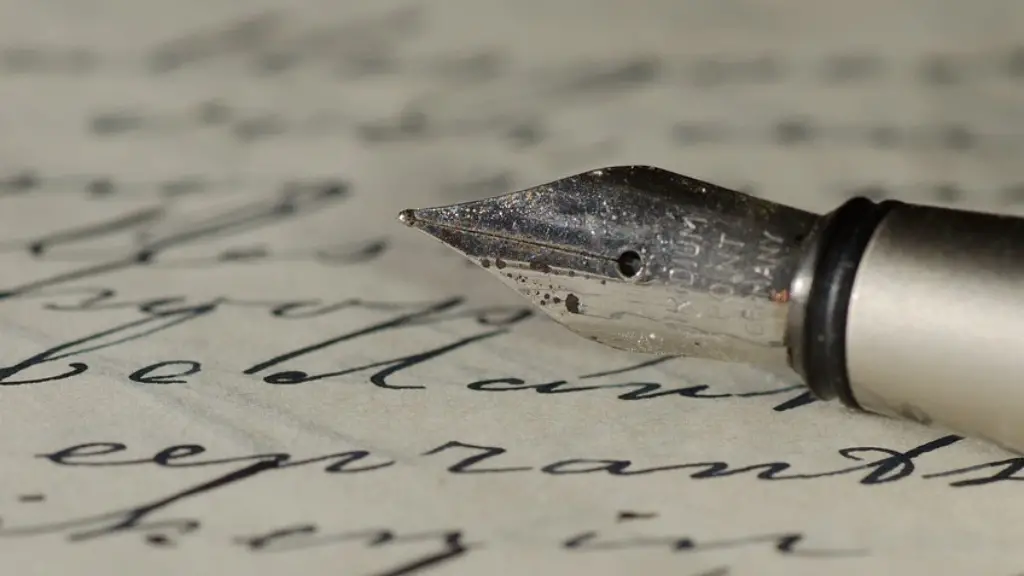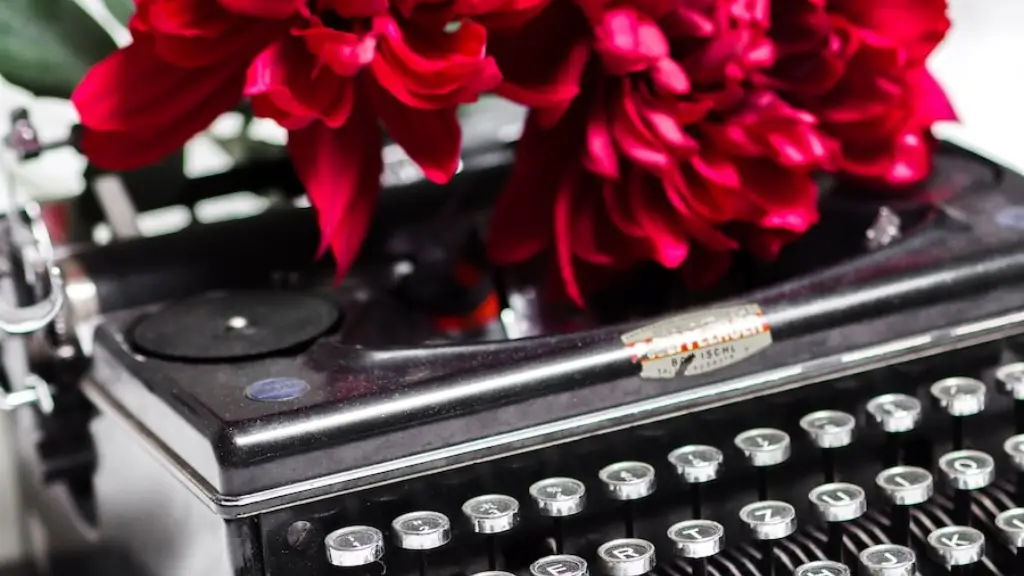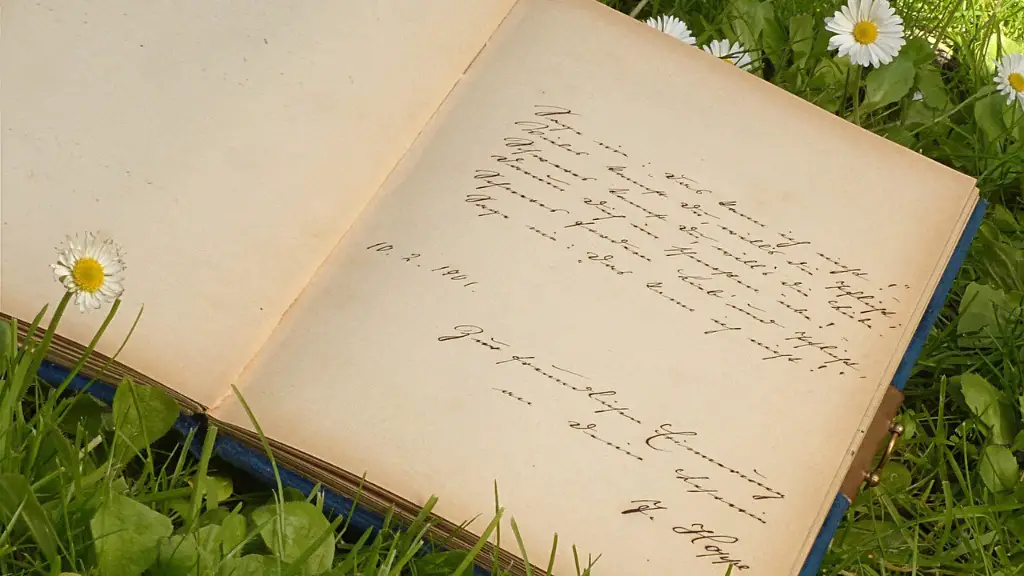Introduction
Reading a poem is a skill that requires the reader to have a good understanding of meter, a measuring system for analyzing the pattern of syllables in poems. Meters are classified as either accents or syllables and can be used to define the rhythm of the poem. In order to successfully read a poem and understand the poet’s intentions, it is important that the reader understand the meter and how to read it.
What is Meter?
Meter is an established pattern of stressed and unstressed syllables. It is used to define rhythm and to guide the reader through the structure of the poem. There are two main types of meter: accent and syllable. Accent meter is determined by the number of stresses in each line, while syllable meter is based on the total number of syllables in the line.
Types of Meter
There are many different types of meter, including iambic, trochaic, anapestic, and dactylic. Each type of meter employs a different pattern of stressed and unstressed syllables, and these patterns are used to define the rhythm of the poem.
The most common type of meter is the iambic meter, which follows the pattern of one unstressed syllable followed by a stressed syllable. An example of an iambic line is: “In summer’s heat, the sun was hot.”
The trochaic meter follows the pattern of one stressed syllable followed by an unstressed syllable. This is seen in the line: “The wind blew strong”.
Anapestic meter follows a pattern of two unstressed syllables followed by a stressed syllable. An example of this is: “The laugh of joy, we shared”
Finally, dactylic meter follows the pattern of one stressed syllable followed by two unstressed syllables. An example of this is: “We push and pull, with great haste.”
How to Read Meter
In order to be able to read meter in a poem, it is important to be able to identify the stressed and unstressed syllables within a line. In order to accomplish this, you may need to read the line of the poem multiple times until you familiarize yourself with the rhythms of the poem.
Once you have identified the poem’s meter, you should be able to identify the meter of the entire poem. You can then use this information to analyze and interpret the poem. Furthermore, it can also help you to determine the correct pronunciation of certain words in the poem.
Acrostics
Acrostics are a type of poem which contains a specific pattern of letters that are used to aid in the interpretation of the poem. Acrostics often include the first letter of each word in the poem. By reading an acrostic poem, the reader is able to identify the meter used in the poem.
Conclusion
Reading a poem and understanding its meter is an important skill for any reader. In order to understand how to effectively read a poem, it is important to understand the meter of the poem and how to identify the stressed and unstressed syllables. Additionally, acrostics can be used to aid in the interpretation of the poem.
Identifying Rhyming Words
When reading a poem, the reader must be able to identify the rhyming words used by the poet. Rhyming words help to establish a rhythmic pattern in the poem and can be a great tool for exploring the poem’s message. The rhyming words in a poem often help to establish a connection between the words and therefore help to clarify the meaning of the poem.
Grouping Syllables
In order to read a poem, it is important to be able to group the syllables in the poem. By grouping the syllables of a poem, the reader can study the poem and determine the meter, the rhyme scheme, and the structure of the poem. Additionally, grouping syllables can also help the reader to identify patterns in the poem and uncover the story behind the poem.
Stressing Words
The reader must be able to properly stress words in order to fully understand the poem. The emphasis on certain words helps to explain the poem’s meaning and reveal the underlying message that the poet is trying to convey. Additionally, stressing words can also help the reader understand the rhythm and flow of the poem.
Rhyme and Alliteration
Rhyme and alliteration are two commonly used literary devices in poetry which can help the reader to interpret the poem. Rhyme helps to create a rhythmical pattern in the poem, while alliteration helps to highlight certain words and emphasize their importance. By studying the rhyme and alliteration of a poem, the reader can gain insight into the meaning of the poem.
Poetic Technique
The reader must also be familiar with poetic techniques in order to fully interpret the poem. Poetic techniques such as metaphor, simile, and personification help to explain the poet’s intended meaning and uncover the deeper message of the poem. By studying these techniques, the reader can gain further insight and understanding into the poem.


